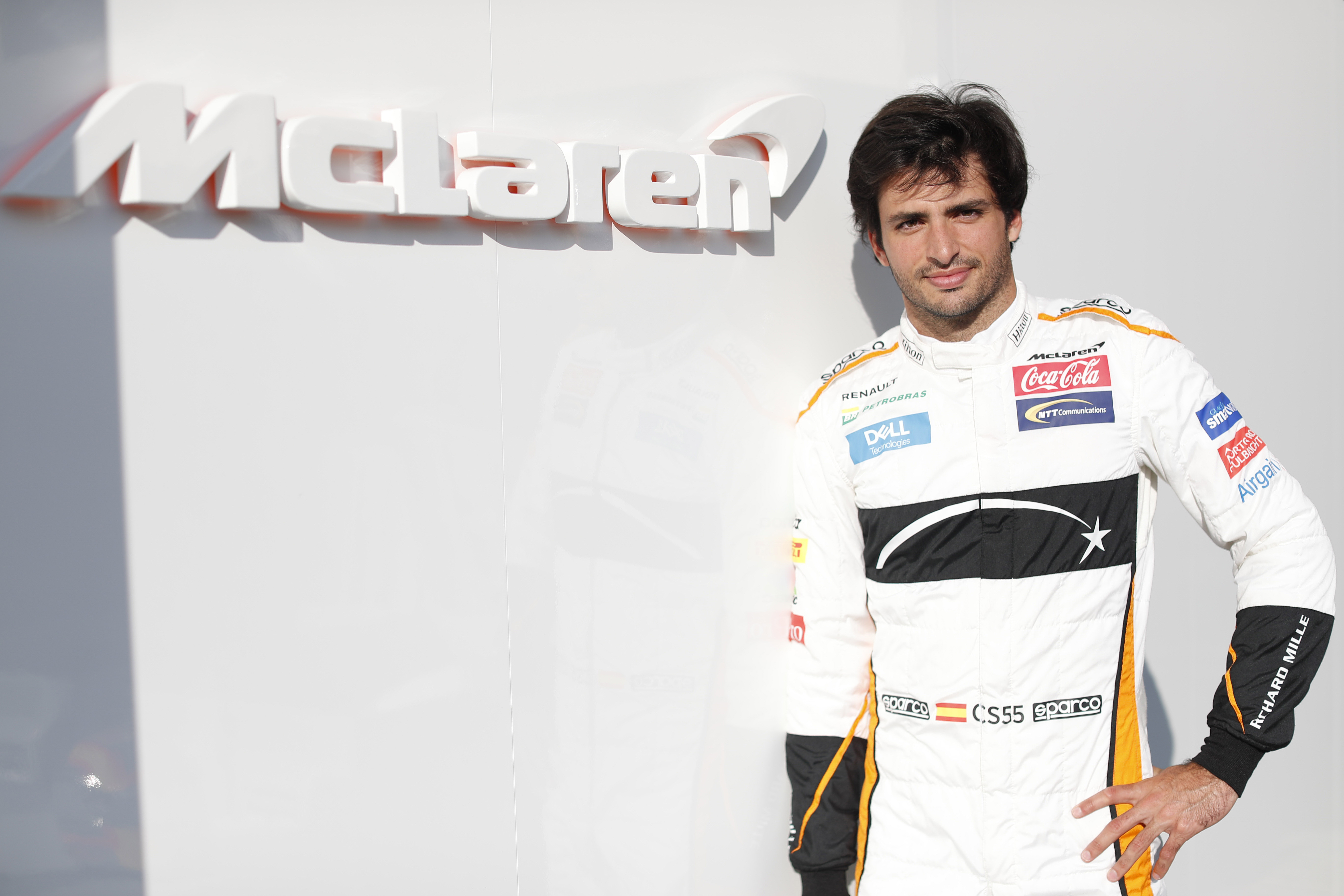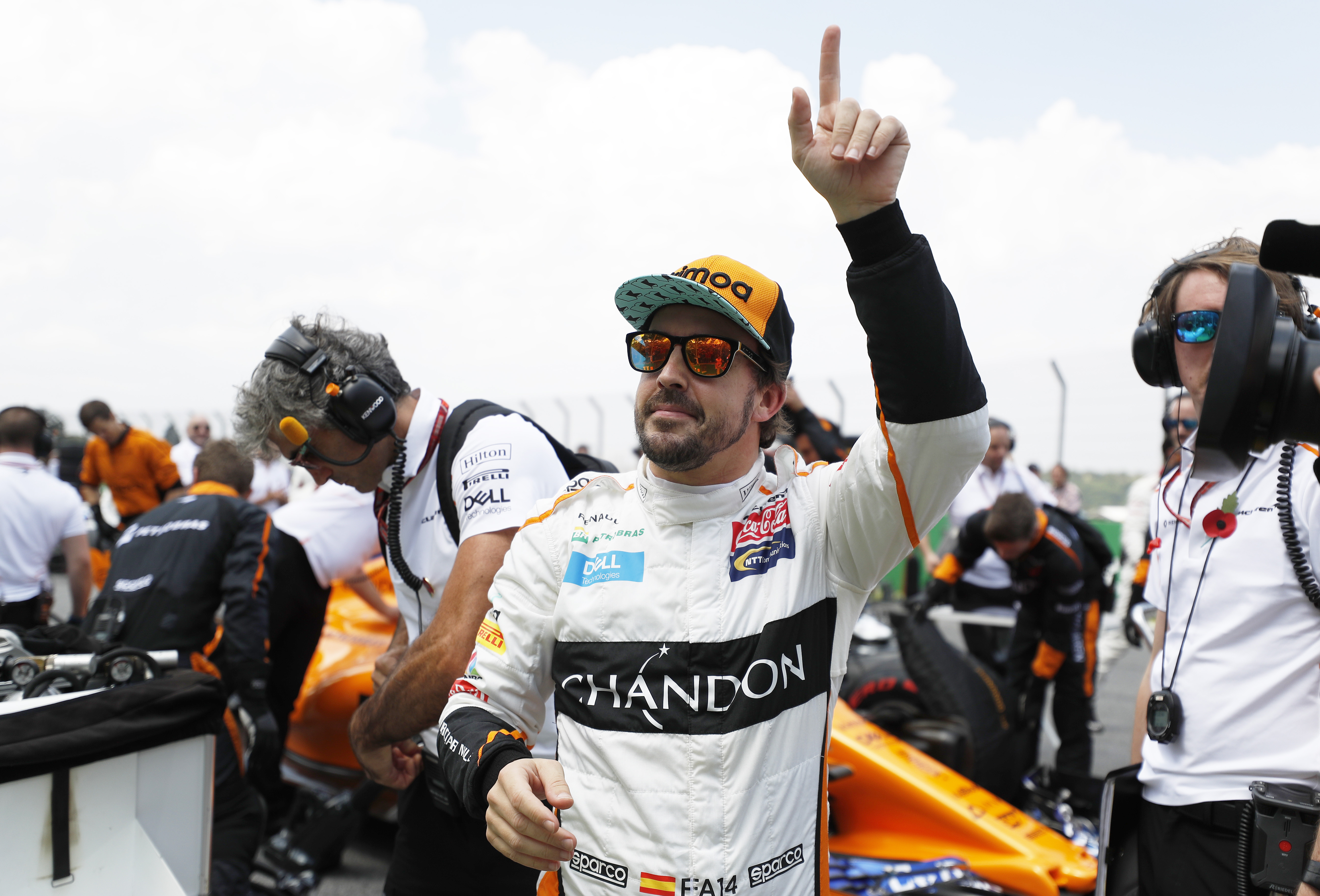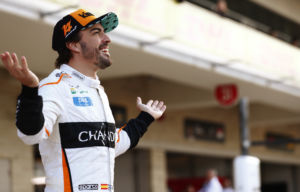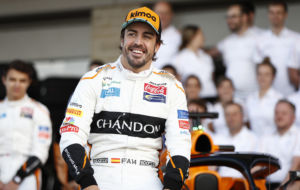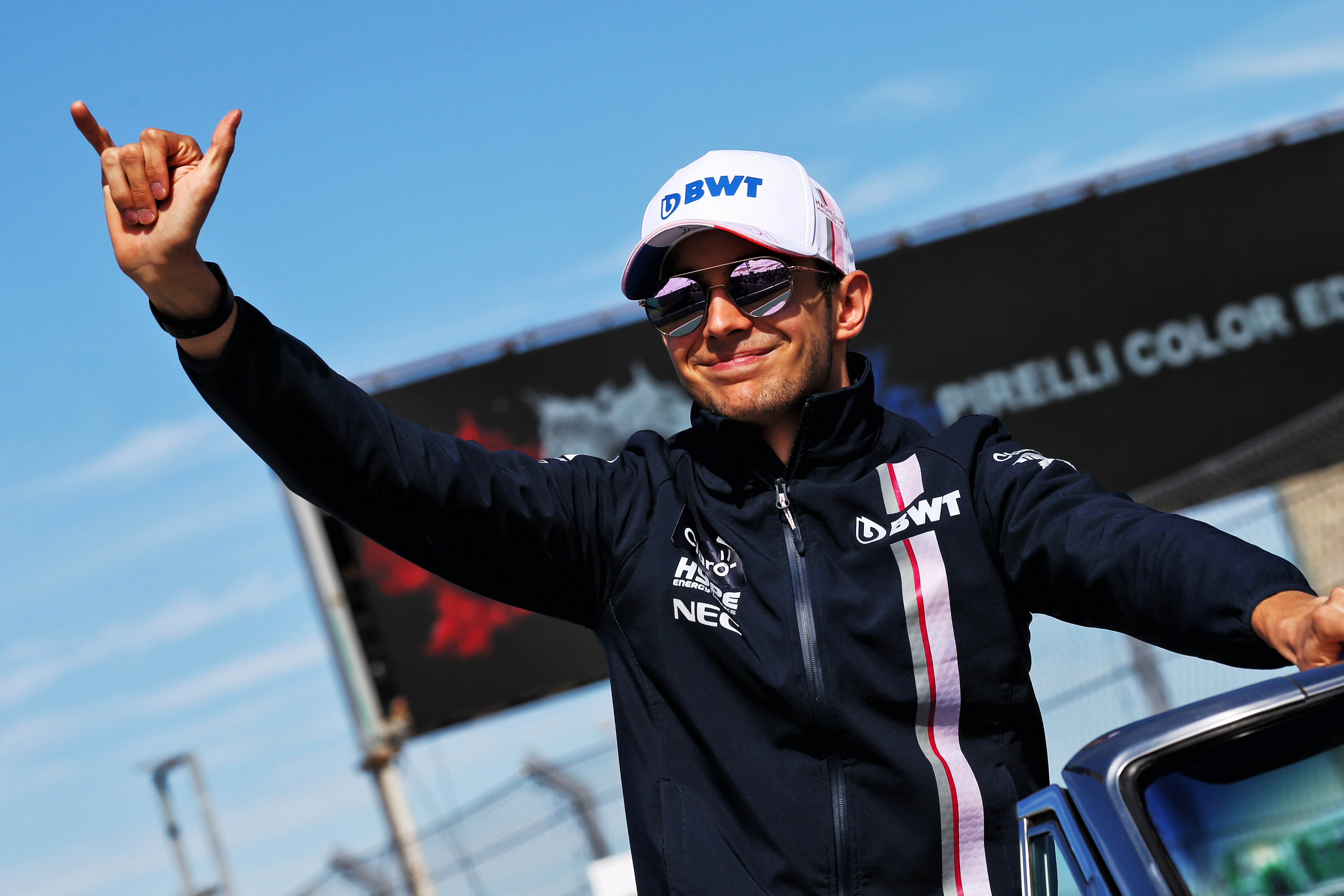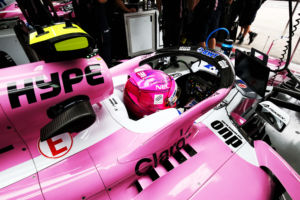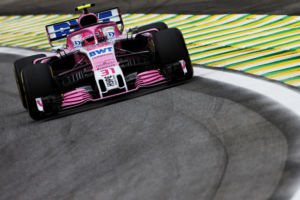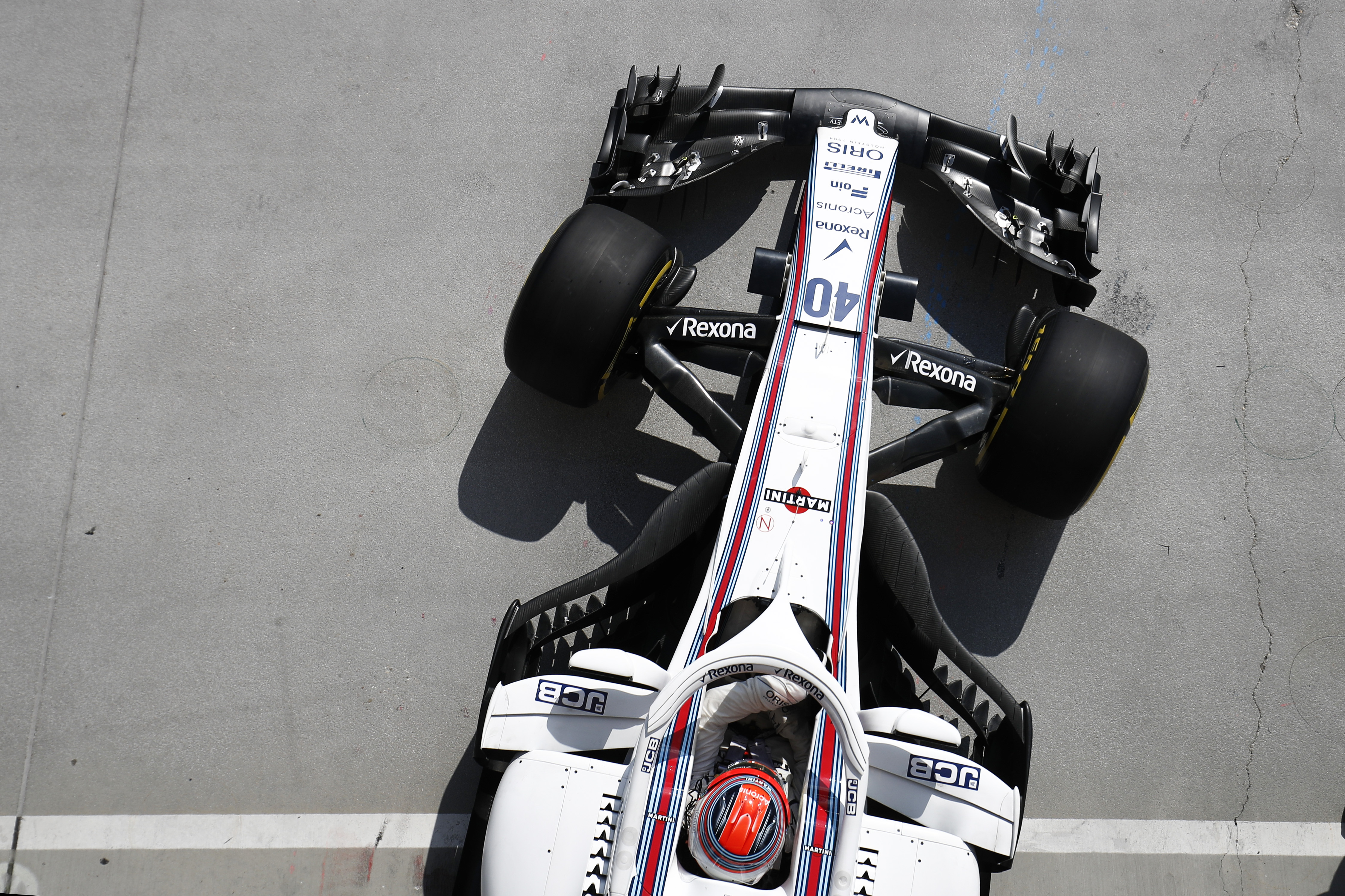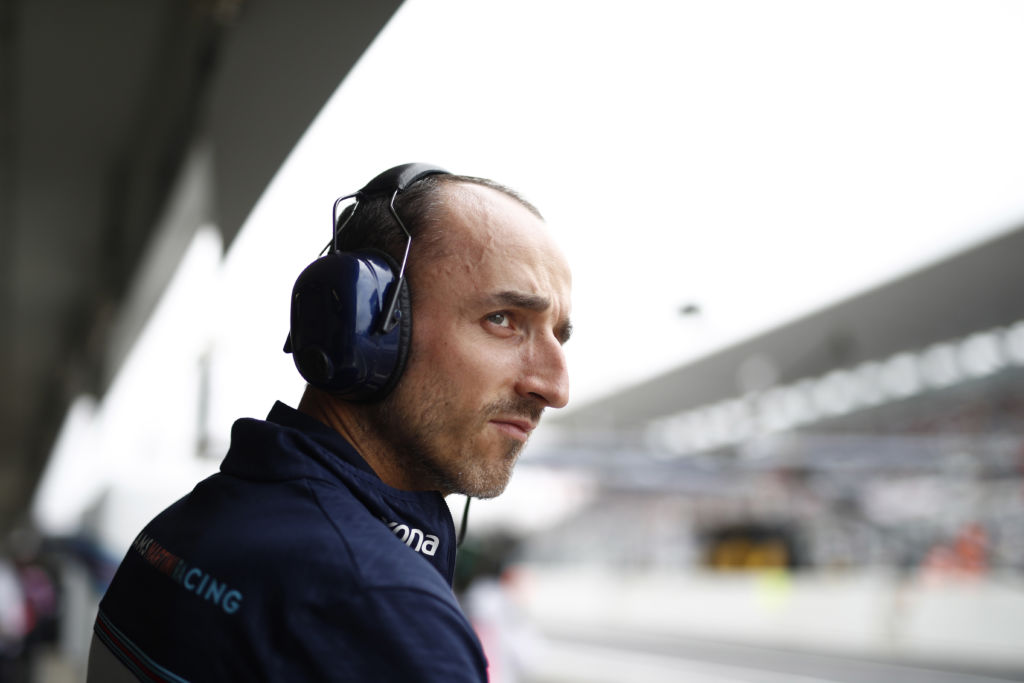W Series ambassador David Coulthard wants the all-female championship to be a springboard into a professional racing career for more women.
The six-round series will support the DTM across Europe this season and will see 18-20 drivers, who will be selected based on their racing record, competing for a $1.5m prize fund, with the winner earning $500,000.
Coulthard, who won 13 Formula One Grands Prix, feels the championship can help women progress further up the motorsport ladder.
“If we create a platform that puts more professional women into motorsport, being paid to compete at whatever level that happens to be, then this will have played its part.
“Hopefully this will create more of that aspirational route where women can look at it and say “If I can get to W Series level, show my skills and win the championship, I’m not paying for this and getting a prize fund, a $500,000 cheque for the winner, and go on to the next level.”
The series launched in the autumn of last year and Coulthard hopes that the attention received from the media and the general public can change the perception that motorsports is not for women.
“Motorsport’s always been open to boys and girls at karting level to men and women so hopefully this series will with the help of media like yourself, put more of a spotlight on that. There will inevitably be a big interest in the six races in the championship, a big interest in the winner and hopefully that creates more of a focus and an opportunity for the general public to say “it isn’t largely about men, it’s largely about everyone.” If we can do that and have more professional female racing drivers, I think that’s great.”
The 47-year-old Scotsman says the series had in mind female drivers that had struggled to secure sponsorship and clearing the route to professional careers for women.
“Obviously there are questions over whether it’s segregation in as much that there’s only women in the championship, I can understand that question, but we see this as a platform and an opportunity on an aspirational level for families trying to make that decision where there has been a much clearer route from amateur to professional for boys and men compared to for girls and women.
“For sure the existing route has only allowed a few women to come through and make professional careers, and some of them have come from quite fortunate backgrounds. Money in motorsport has often spoken. We want to neutralize the need for families to be wealthy because you don’t pay to enter W, you enter on the basis of incredible talent and being selected.”
Coulthard, who drove for Williams, McLaren and Red Bull in a 14-year Formula One career, was prepared for a mixed reaction but feels critics should accept the series provides an opportunity for others.
“In life people have opinions, I’m prepared for that every day of my life. I take a view that I don’t agree with everyone does in life but as long as they’re not breaking the law, I admire people who have the courage of their convictions and a goal and they work towards that goal. What I always find a little disappointing, with the reaction to W Series and everything else in life, where someone says “That’s not how I would have done it, therefore I don’t believe in that way of doing it and I don’t think anyone should do that,” because they haven’t done it that way, they think that nobody should do it that way.
“When you take that into other areas of the world we live in, that becomes quite dangerous in some ways. The reality is, for those who have come up a different route and don’t see this as an aspirational route, I respect their point of view, but please allow others the opportunity that they may not have been afforded before, to explore this route into professional racing. Time will tell whether this is a credible and sustainable route to bringing more women into motorsport.”
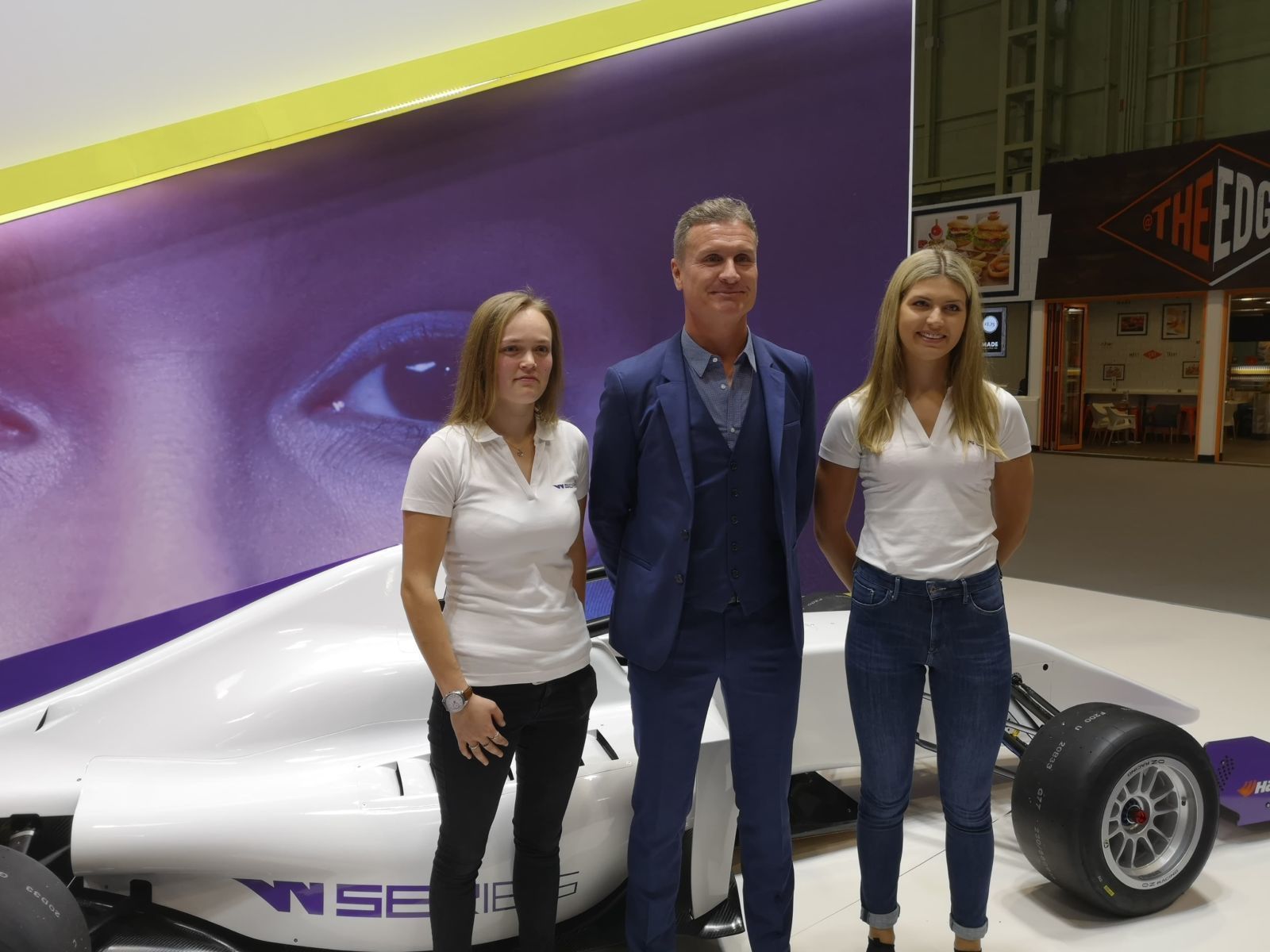
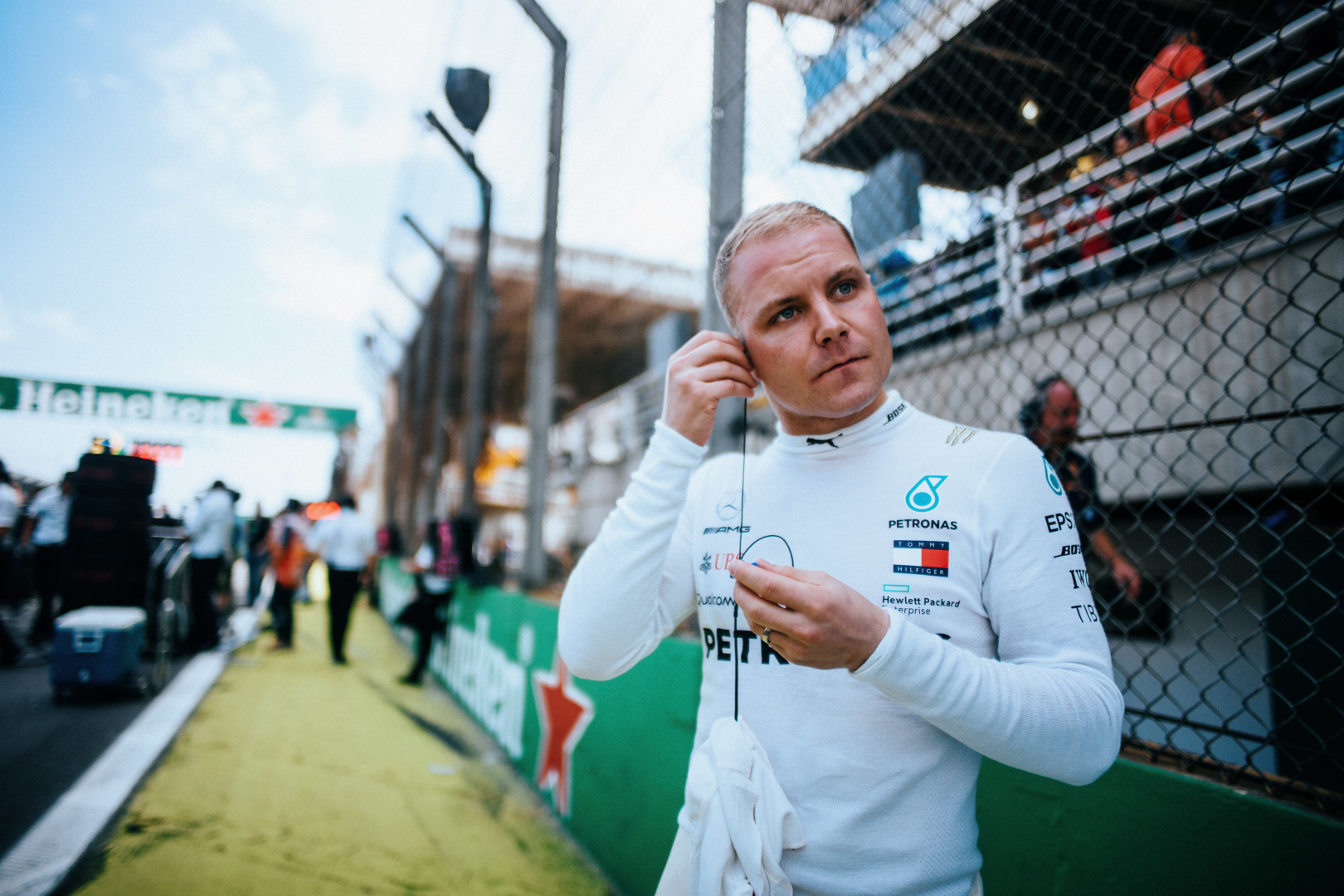
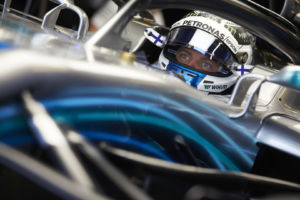
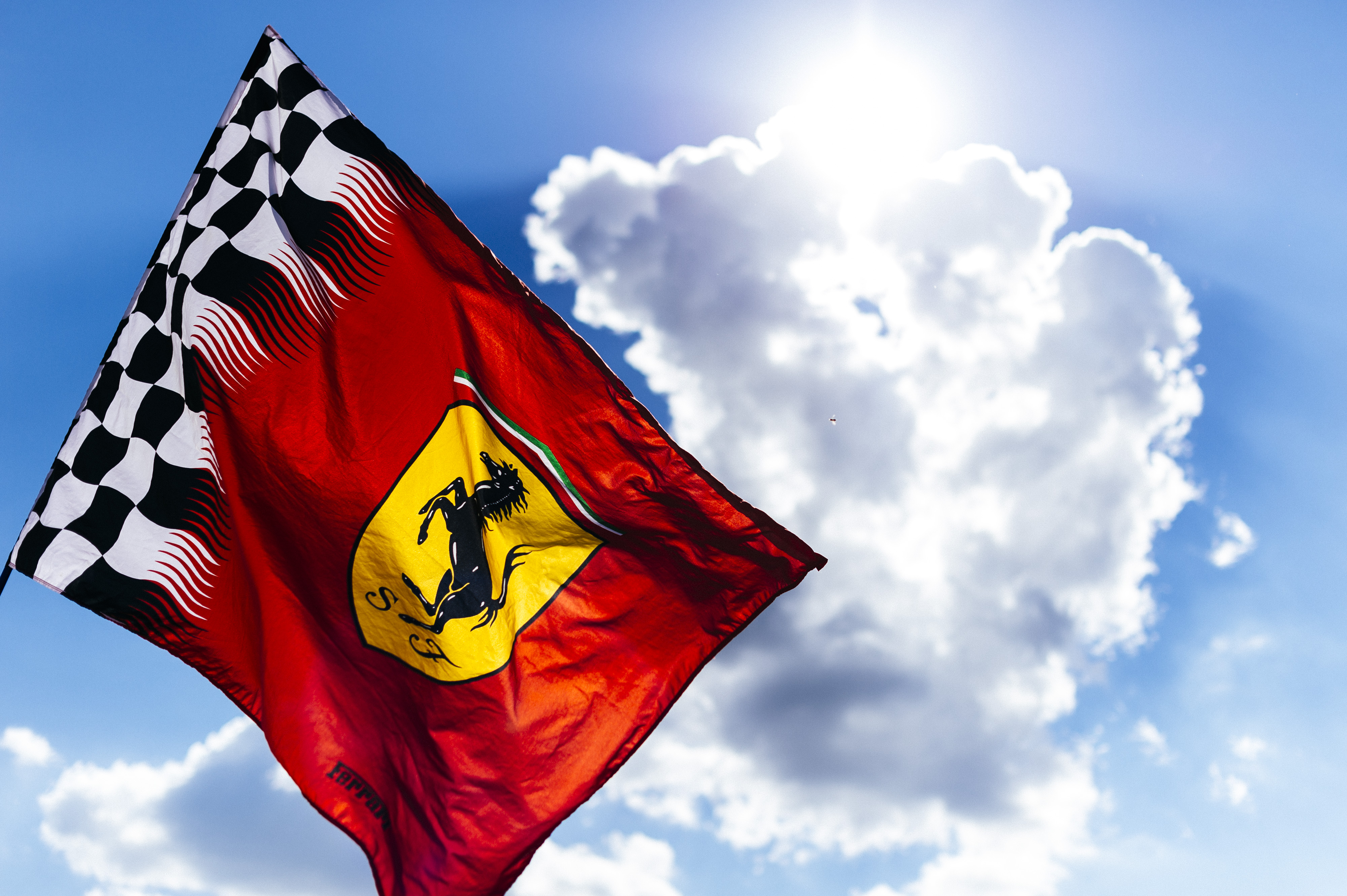
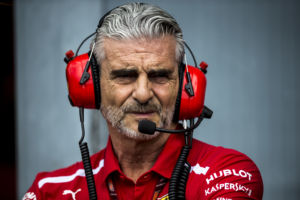
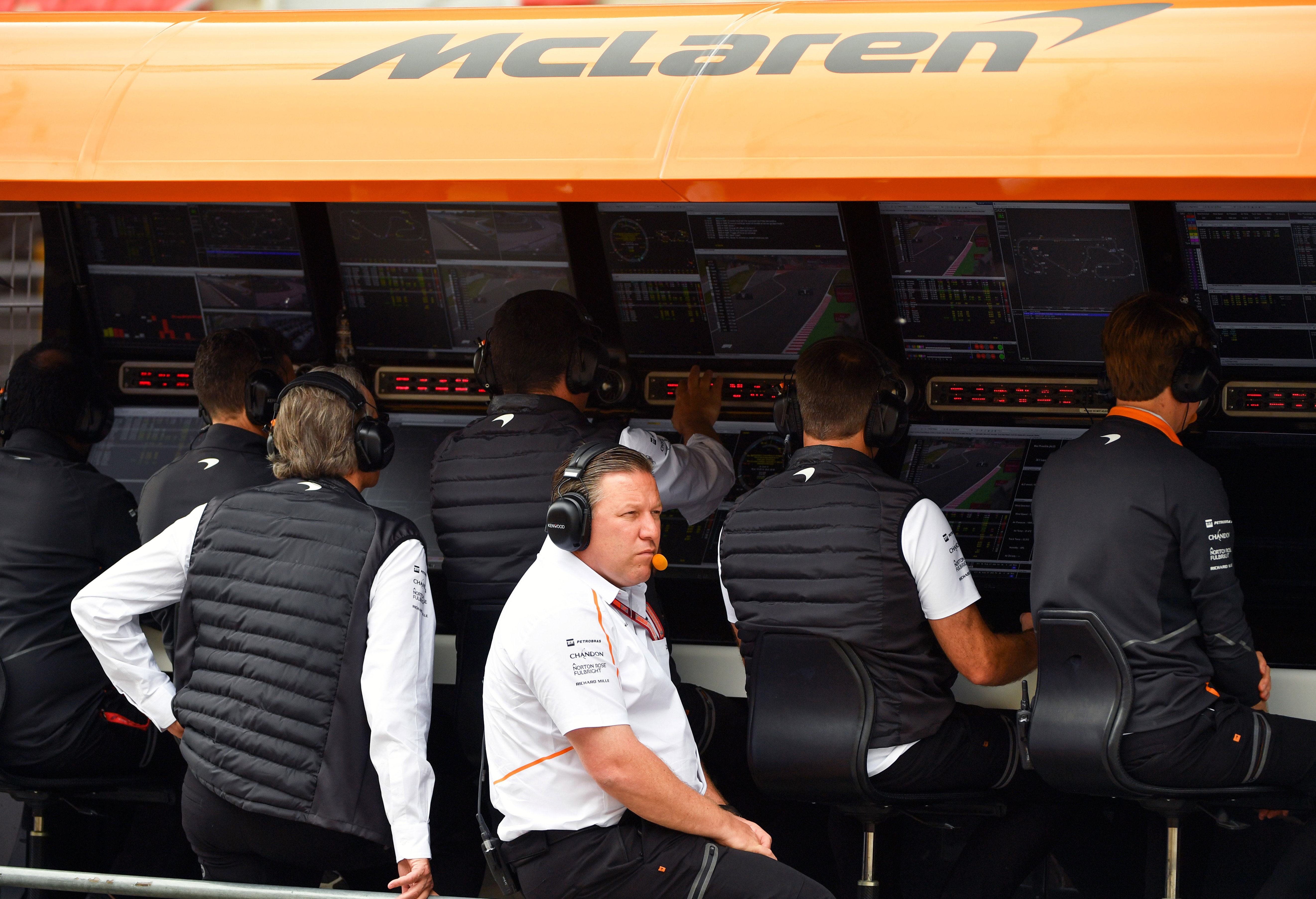
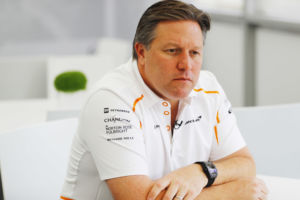
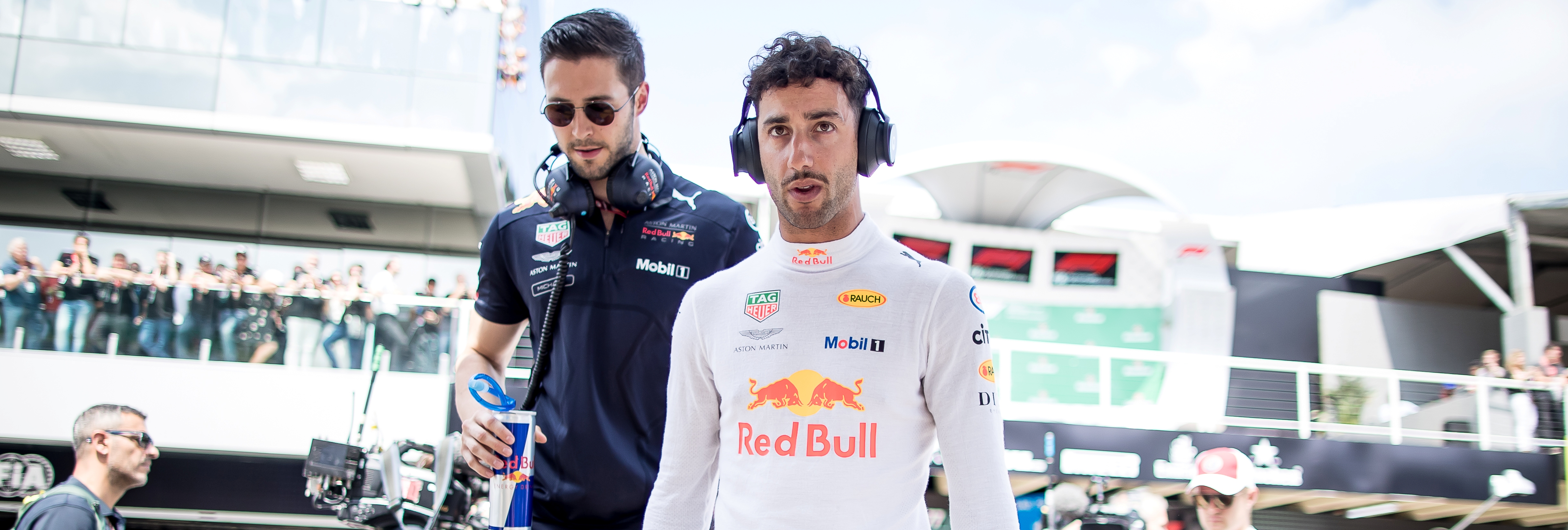
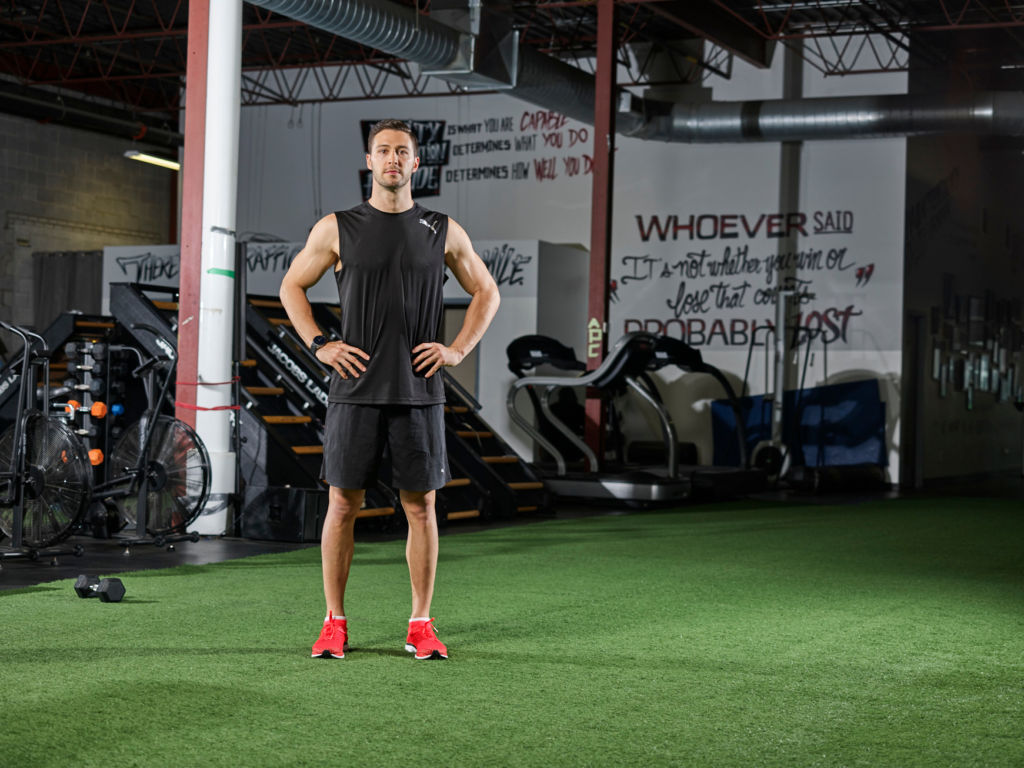
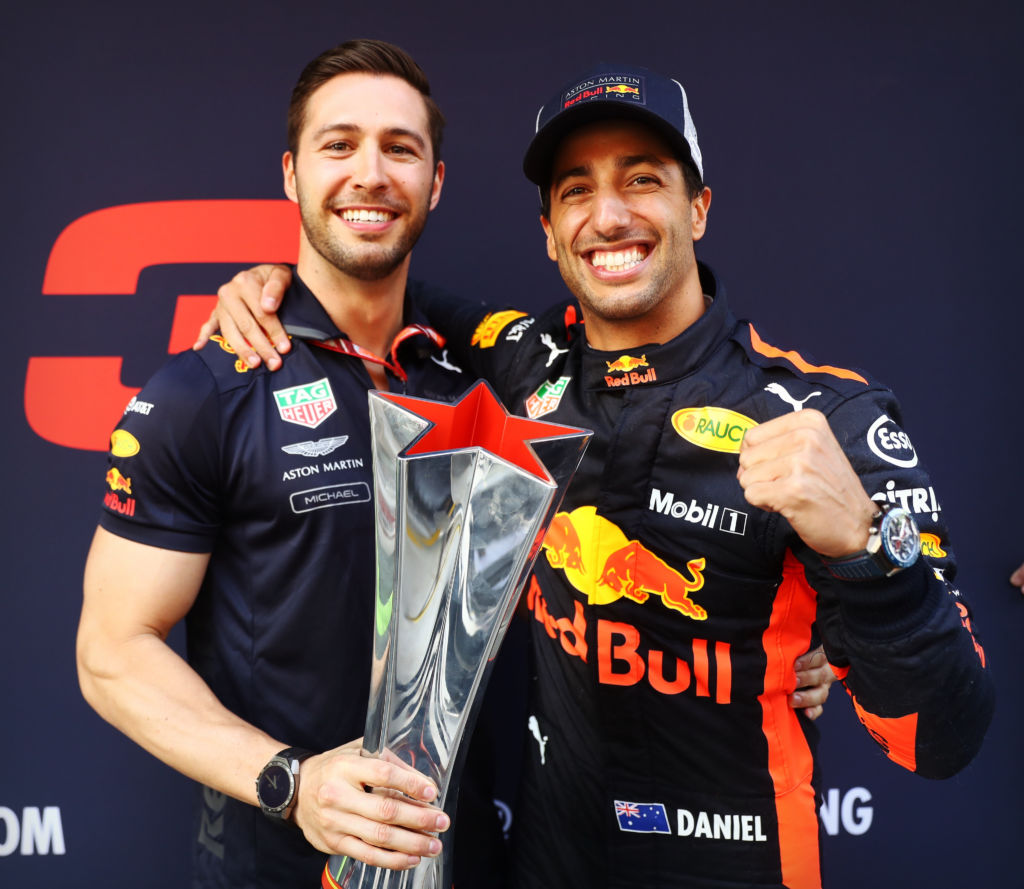
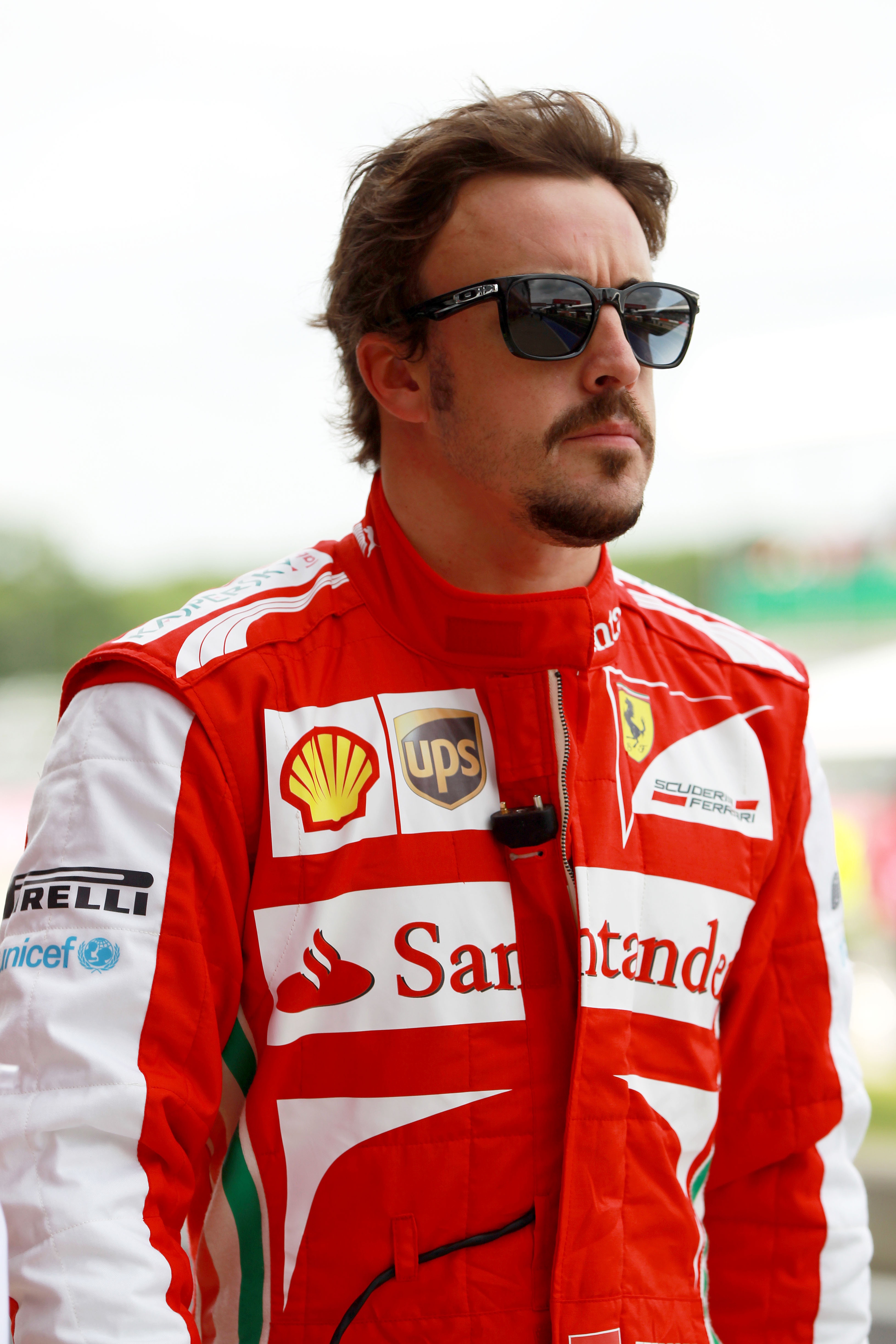 Image courtesy of Pirelli
Image courtesy of Pirelli